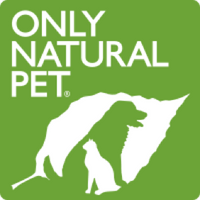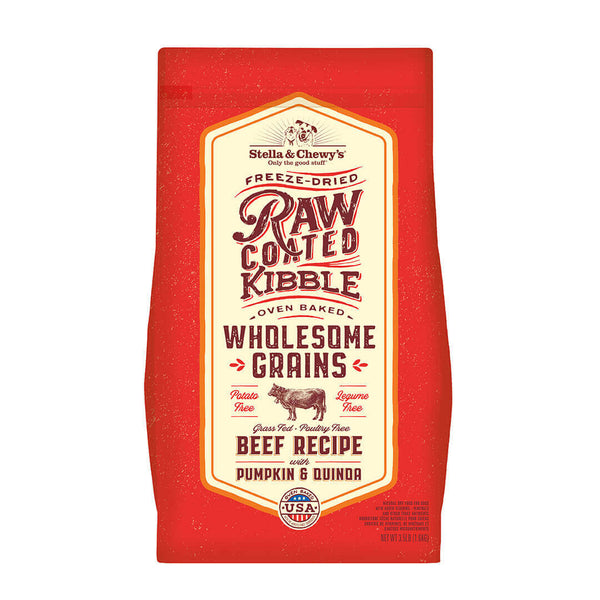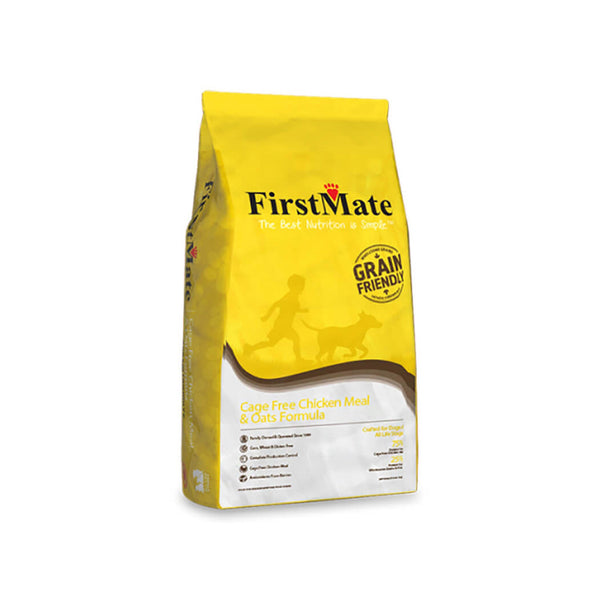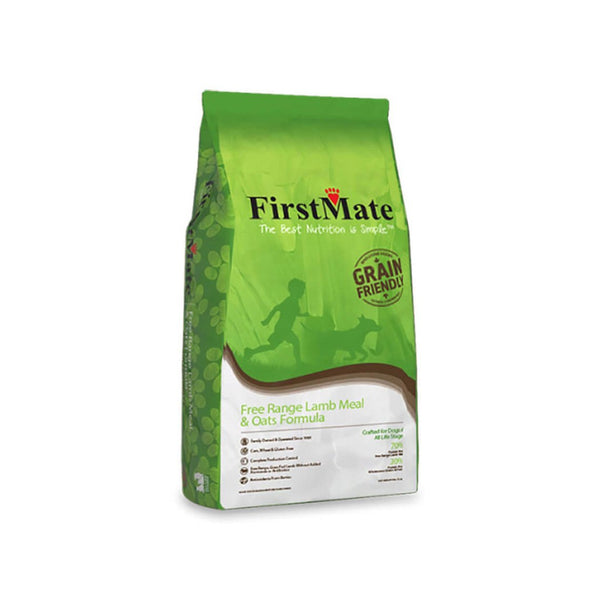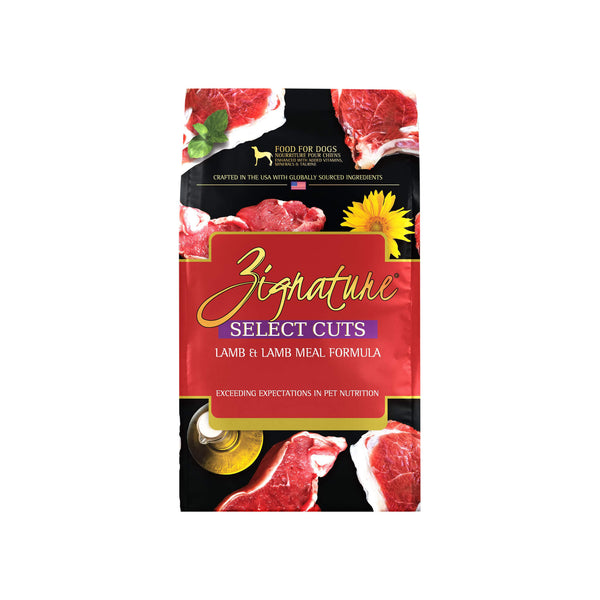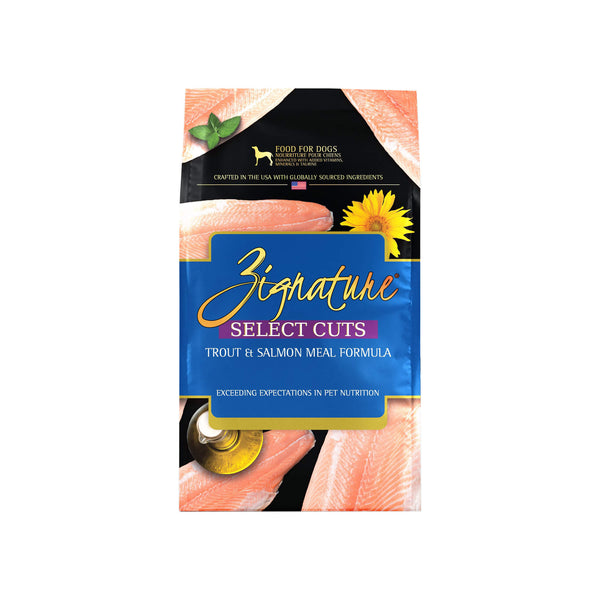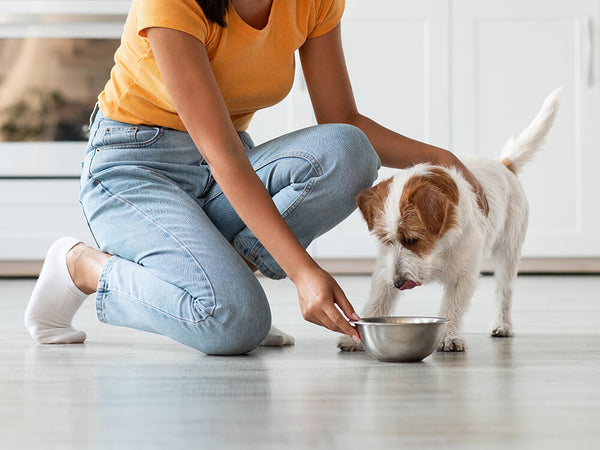How to Choose a Dog Food with Grain
Written by: Richard Rowlands, Pet Health Expert
As a responsible pet owner, it's important to feed your companion animal a healthy, balanced diet that's full of all the essential nutrients they need to thrive. But with so many types of pet food available, it can be difficult to know which is right for your pet.
In this article, we'll explain what grain-in diets are, and whether or not they may be right for your dog. We'll also provide some tips for choosing a healthy grain-in diet.
What Is a Grain-In Diet?
Grain-in diets (also known as grain-in, grained, or grain-inclusive diets) are diets that contain grains like millet, oatmeal, barley, quinoa, and buckwheat. Grain-in diets are an excellent source of carbohydrates, which provide long-lasting energy. They are also rich in essential nutrients, including fiber, vitamins, minerals, and omega fatty acids. In recent years, grain-in diets have become increasingly popular thanks in part to the FDA's announcement of a potential link between grain-free diets and canine dilated cardiomyopathy (DCM). However, this does not mean all grain-free diets are problematic. In fact, diets containing sufficient animal protein (as opposed to high plant protein levels), are shown to offer sufficient taurine levels for dogs.
What Kinds of Grains Are in Grain-In Diets?
Grain-in diets are made with a variety of nutrient-dense grains. In this section of the post, we'll take a look at some of the most beneficial grains found in grain-in pet foods.
Whole Grains
Whole grains are rich in dietary fiber and essential nutrients, such as magnesium, iron, and B vitamins. They are unrefined grains that contain the full grain kernel – the endosperm, bran, and germ. Examples include barley, oats, brown rice, and rye.
Barley
Barley is a staple ingredient in pet food. It's high in carbohydrates and fiber, and is a great source of vitamins and minerals such as vitamin B1, manganese, phosphorus, and selenium.
Oats
Oats are among the healthiest whole grains on the planet. They are high in nutrients, antioxidants, B-vitamins, and gut-loving prebiotics. Plus, they are naturally gluten-free, which makes them safe for pets with gluten intolerances. Oats also help to increase satiety, making them especially useful if your pet has a large appetite.
Rye
Rye is a nutritious whole grain that contains a variety of beneficial vitamins and minerals, including B-group vitamins, vitamin E, iron, zinc, and magnesium.
Brown Rice
Brown rice has long been acknowledged as a healthier substitute for white rice. This is because it's a whole (unrefined) grain that contains the entirety of the endosperm, bran, and germ. It's also high in fiber and provides a good source of nutrients such as magnesium, thiamin, and vitamin B6. It's important to note that rice can be problematic for some dogs because of its prevalence in pet food. If you suspect your dog has a rice intolerance, try rotating diets with a less used whole or ancient grain.
Ancient Grains
Ancient grains provide an alternative to popular grains such as wheat, oats, and rice. They are called ancient grains because their composition has remained unchanged for thousands of years.
Most ancient grains also double as whole grains. Examples of ancient grains include amaranth, quinoa, buckwheat, kaniwa, and teff.
Amaranth
Resembling hazelnuts, amaranth is gluten-free and can be used in place of rice or quinoa in your pet's diet. Dating back as far as 4000BC, this grain grown in South America contains an impressive list of nutrients and proteins.
Quinoa
Quinoa is also called the Mother Grain. It is an excellent source of carbohydrates, protein, and calcium, plus it's gluten-free. This means that incorporating it into your pet's diet will aid growth and development, management of diseases, and prevent medical conditions associated with gluten.
Buckwheat
Buckwheat is gluten-free and contains many essential nutrients that are beneficial for your pet's development.
Kaniwa
Also referred to as baby quinoa, kaniwa is an ancient grain that's respected for being an excellent source of iron, amongst other essential minerals and nutrients. It also has low calorific content.
Teff
Famous for being the smallest grain in the world, teff is packed with nutrients. It is also known as one of the few grains that contain a substantial amount of vitamin C.
Grains to Avoid
Some grains, even whole grains, can be problematic for dogs. We recommend avoiding these grains all together when considering feeding a grain-in diet.
Whole Wheat
Whole wheat can be a good source of dietary fiber, antioxidants, vitamins, and minerals and dogs have been eating wheat for thousand of years. However, it's important to note that some dogs are prone to wheat allergies and gluten intolerance. Along with this, conventional wheat is grown with glyphosate fertilizer, which is still found in the harvested product.
Corn
Corn is relatively nutritious, but it has a number of problems associated with it, especially in dog food. Corn has a high glycemic index, low biological value, and is hard to digest. Not to mention a majority of corn is genetically modified and grown with synthetic fertilizers. For these reasons, it's best to find a whole or ancient grain substitute for your dog.
Grain-Free vs. Grain-In Diets
Grain-free diets are made without wheat, corn, barley, rice, and other grains. They are extremely healthy and many dogs thrive on them. However, some dogs (especially working or highly active dogs), still need carbohydrates for energy, and many grain-free diets are actually higher in alternative carbohydrate sources like potatoes, lentils, vegetables, pea flour, and beans. For this reason, feeding a high plant content grain-free diet can potentially lead to weight gain.
Grain-free diets may be beneficial for pets that suffer from food allergies and digestive problems. But as we mentioned earlier, it's important to note that pets are more likely to be allergic to protein sources rather than grains. Another benefit of grain-free diets is that they do not contain gluten. This makes them suitable for pets with gluten intolerances. When looking for a grain-free diet (as with a grain-in diet), it's important to find one high in animal protein.
Grain-in diets, on the other hand, are a great source of carbohydrates and other essential nutrients like omega fatty acids, vitamins, antioxidants, minerals, and fiber. They are an excellent source of nutrients, and are suitable for the vast majority of pets.
When deciding on whether to feed your pet a grain-in or grain-free diet, we recommend consulting with your holistic veterinarian. The decision should be based on a number of factors, including your pet's life stage, dietary needs, and any existing allergies or other underlying health conditions.
Choosing a Healthy Grain-In Diet
To ensure your pet's overall health and longevity, make sure to choose a premium grain-in diet that's free from additives, fillers, and low-quality ingredients. It's also important to select a diet that's made with wholesome ingredients such as those we've outlined in this post.
A good grain-in diet should be nutritionally complete and balanced, with all the vitamins, minerals, and nutrients your pet needs to stay healthy. It should also feature a high-quality single protein source like meat, fish, or poultry.
